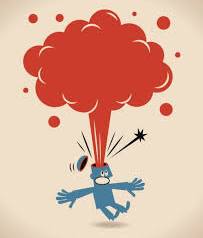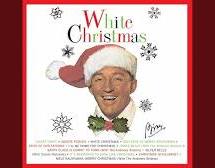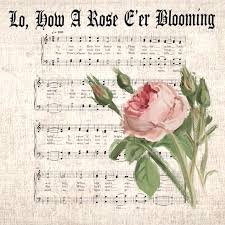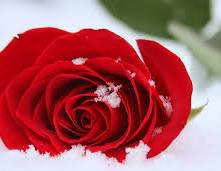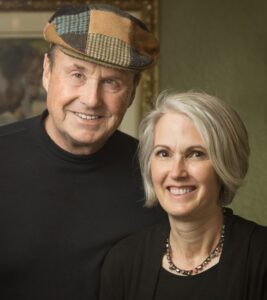To read the thought and hear the Christmas hymn in today’s post, please go to the Just A Thought website. PLEASE CLICK HERE
***
In 1942 my dad had just finished his training at Naval Officer Candidates School and was driving across the country to get home for the holidays.
It was a stressful time — the world was at war and he would soon be shipping off to fight in the Pacific.
Yes, indeed.
Dad had a lot on his mind in December of 1942.
He said the only thing that held him together on the drive back was listening to music — Christmas music.
As he told it, just as he crossed Snoqualmie Pass, cresting the Cascade Mountains for the last leg into Seattle, he heard the song “White Christmas” for the first time.
He wept like a baby.
My sister Theresa, a confidant of mine, observed, “It is only when mental commentary stops that we find peace.”
So true. And nothing shuts down the chatter of the mind quite like music. So this season Marsha and have been listening to music to find our peace.
We are choosing not to live in a state of perpetual outrage.
“Take a music-bath once or twice a week for a few seasons, and you will find that it is to the soul what the water-bath is to the body.” ~ Oliver Wendell Holmes
The piece that has especially captured me this season is, “Lo, How a Rose E’er Blooming.”
The origin of this hymn, “Es ist ein Ros’ entsprungen,” dates to the early days the Reformation.
It was composed in 1599 by Michael Praetorius, a Lutheran pastor who had been inspired by an ancient text buried in the archives of a Carthusian Monastery in St. Alban, Germany.
The hymn draws its lyrics from the Old Testament, Isaiah 11:1.
“A shoot will come up from the stump of Jesse, from his roots a Branch will bear fruit, the spirit of the Lord will rest upon Him.”
The winter rose is the ever-present symbol of hope beyond hope.
The fascinating part of this story is how the hymn was popularized in a time of great turmoil — a time of intense religious upheaval.
The divisions were deep, the discord intense, and the fighting pervasive.
The hymn first became popular in German-speaking regions. Its melody eventually was set to different harmonizations, including Praetorius’s well-known arrangement.
In the late 1500s, “reformed’ communities” were strident in their efforts to distinguish themselves from other denominations. They reveled in their differences.
But “Lo, How a Rose E’er Blooming” was different.
This hymn attained universal acceptance, embraced by Protestants and Catholics alike.
In 1896, Johannes Brahms used the hymn’s tune as the base for a choral prelude for organ, which provided us the arrangement that has become a Christmas classic.
The version most familiar in the English-speaking world was translated by Theodore Baker in 1894. His translation helped carry the hymn beyond Germany.
“Lo, How a Rose E’er Blooming,” like the winter rose, became an enduring soundtrack to what it feels like to hope for light in the midst of darkness.
The story of the hymn’s journey through time is a living testament to how music allows our hearts to experience a kind of transcendent peace that our minds can scarcely imagine.
Today, the hymn’s message of hope stands in stark contrast to the cynicism of the times.
“Just watch and wait,“ hope whispers, “In due time, I will appear.”

Like the winter rose, hope can appear when least expected.
And so it goes…
Lo, How a Rose E’er Blooming
- Lo, how a Rose e’er blooming
From tender stem hath sprung!
Of Jesse’s lineage coming,
As men of old have sung.
It came, a flow’ret bright,
Amid the cold of winter,
When half spent was the night. - Isaiah ’twas foretold it,
The Rose I have in mind;
With Mary we behold it,
The virgin mother kind.
To show God’s love aright,
She bore to us a Savior,
When half spent was the night.
Merry Christmas.
Pat and Marsha

